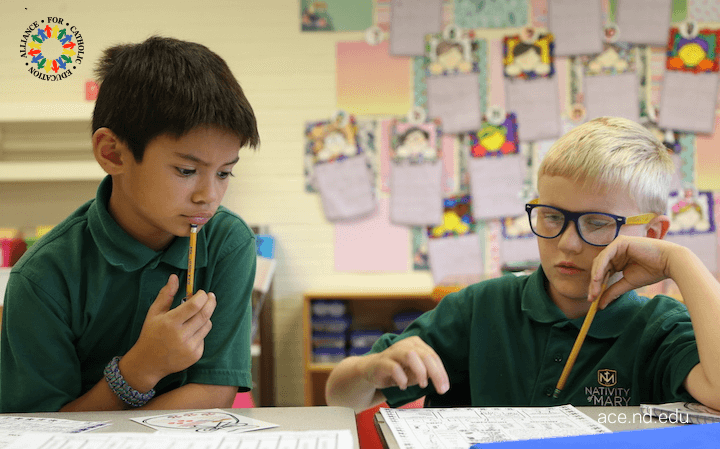One of the most common concerns with blended learning is that it is a glorified form of "tracking" students. In case you are not familiar with the term, "tracking" refers to separating students by performance level and differentiating their instruction accordingly. The reason this method is called tracking is because students are typically put on an academic track at a young age and often stay on that track for the rest of their academic careers.
"The truth is that a simplistic technology-rich program could easily be a guise for a glorified form of tracking, but that's not what we do."
In theory, tracking seems like a great idea; after all, we want students to get instruction at the level that's right for them, right? In reality, though, tracking often makes it nearly impossible for students who start off in the lower groups to make significant academic progress because they are labeled as "slow learners" or deemed less academically gifted than their peers.
From the moment students are categorized in this way, the expectations for their performance are lowered and therefore the level to which they are expected to achieve decreases as well. As a result, a student might be put in the lowest group in first grade and never have the opportunities or support he or she needs to advance to higher levels in future years.
So when people hear that students in blended-learning classrooms are typically put into groups to receive instruction at the level that is "just right" for them, alarms go off. The truth is that a simplistic, technology-rich program could easily be a guise for a glorified form of tracking – but that's not what we do.
There are two simple but important steps every teacher that uses blended learning can take to ensure they do not fall into the trap of tracking their students, and we want to share them with you today.
- Use the data. It's amazing how many instructional decisions can be made with the support of only a single data source - or perhaps no data at all. One simple way to avoid tracking is to use a variety of data sources to regularly change and adjust the groups in your classroom. This may sound simple, but it happens far less often than most of us assume.
In practice, this might look like:
-
- Administering pre-assessments to determine what students know and do not know at the beginning of each unit and forming groups accordingly.
- Using data from the software program the students use on a regular basis to determine who may need a little extra assistance with a topic before a whole-group lesson.
- Giving formative assessments throughout the lesson and grouping students in real-time based on those results.
- Incorporate heterogeneous groups. The benefits of students working with and learning alongside their peers that might have a better understanding of the subject material are not lost in a blended-learning classroom. Rather, we encourage teachers to regularly vary the way they group their students – either by performance or intentionally not by performance – in order for students to have opportunities to learn at their very individualized levels and to experience working with peers of many different levels.
There are many different ways to vary student groups, but we want to share one of our favorites. Many of our elementary teachers have started to incorporate "mixed groups," which is to say that students are grouped homogeneously for their small-group lesson and heterogeneously for their other stations or activities.
Here's an example of how it might look in practice:

This system is surprisingly easy to execute, and teachers have reported numerous benefits, including minimizing any impressions students have of who is in "the smart group" and allowing students to function more independently during group work.
The bottom line is that blended learning is not at all a glorified form of tracking - when done correctly. Teachers must be very intentional about varying and adjusting groups to ensure students have ample opportunities to learn and to grow.
 Alliance for Catholic Education
Alliance for Catholic Education

